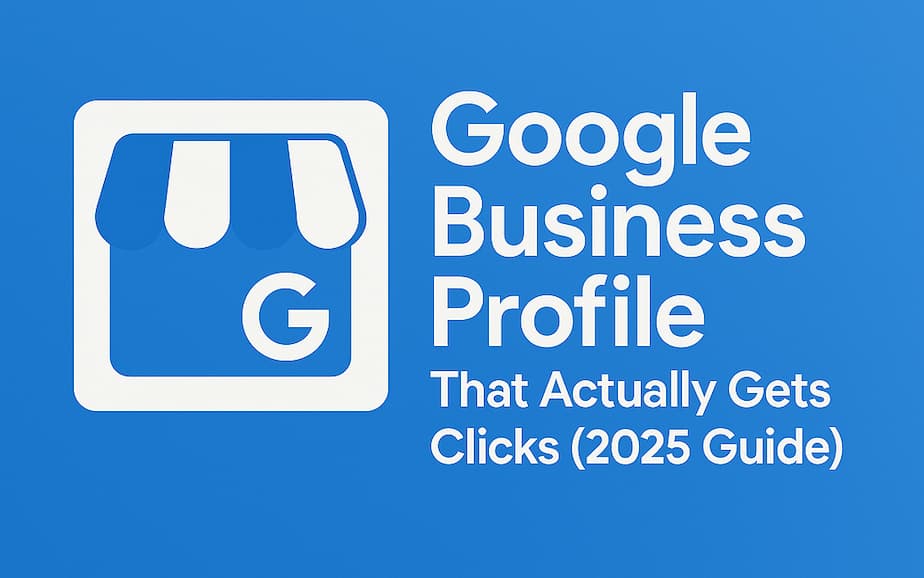In the fast-paced world of online marketing, success isn’t just about driving traffic — it’s about understanding what happens after visitors arrive on your website. This is where conversion tracking becomes essential. By effectively tracking conversions, businesses can measure success, refine their strategies, and improve return on investment (ROI).
Whether you’re running paid ads, email campaigns, or social media promotions, understanding how visitors behave is crucial. Let’s break down what conversion tracking is, why it’s so important, and how you can implement it effectively.
What Is Conversion Tracking?
Conversion tracking is the process of monitoring and measuring the actions users take on your website that align with your business goals. These actions are known as conversions and can include:
- Completing a purchase
- Submitting a contact form
- Signing up for a newsletter
- Downloading a resource
- Clicking a key link (e.g., “Get a Quote”)
By tracking these actions, you gain insights into which marketing strategies are driving real results — and which aren’t.
Why Is Conversion Tracking So Important?
1. Measure ROI Effectively
Without conversion tracking, it’s impossible to know which of your marketing efforts are driving valuable actions. Tracking helps you see where your budget is delivering the best return, allowing you to allocate resources more efficiently.
Example: Suppose you’re running Google Ads campaigns on two different keywords. Without conversion tracking, you may think both campaigns are performing equally well based on clicks. However, tracking conversions may reveal that one campaign is generating far more leads or sales — giving you the data you need to make informed adjustments.
2. Optimize Your Marketing Strategies
Tracking conversions allows you to analyze which channels, ads, or keywords are most effective. By identifying what works, you can refine your campaigns, improve messaging, and better allocate resources.
Example: If your Facebook ads generate more newsletter signups than your Google Ads, you may choose to increase your budget for Facebook campaigns to maximize results.
3. Understand User Behavior
Conversion tracking helps you see how users interact with your site. Are they abandoning their carts? Are they dropping off at the checkout stage? These insights allow you to improve user experience and increase conversion rates.
Example: If many visitors drop off on your pricing page, it could indicate that your pricing isn’t clear enough — or that your call-to-action (CTA) needs improvement.
4. Refine Target Audiences
Platforms like Google Ads and Meta Ads allow you to create powerful audience segments based on conversion data. By tracking who converts, you can target similar users or exclude those who have already completed your goal to improve ad efficiency.
5. Prove Marketing Value to Stakeholders
For agencies and marketing teams, conversion tracking provides clear evidence of campaign success. Rather than relying on vague metrics like “impressions” or “clicks,” conversion data shows real results tied directly to business objectives.
Key Conversion Tracking Tools
To implement conversion tracking effectively, there are several popular tools you can use:
- Google Analytics 4 (GA4): Ideal for tracking website interactions, eCommerce actions, and form submissions.
- Google Ads Conversion Tracking: Crucial for understanding which ads drive leads, sales, or other valuable actions.
- Facebook Pixel: Tracks user actions from your Facebook ads to your website.
- HubSpot Tracking Code: Useful for tracking leads and customer interactions.
- JotForm and Gravity Forms Tracking: Great for capturing form submissions and tracking lead generation.
How to Set Up Conversion Tracking
Here’s a simple step-by-step guide to setting up conversion tracking effectively:
Step 1: Define Your Conversion Goals
Identify the key actions that matter to your business — such as purchases, signups, or lead form submissions.
Step 2: Choose Your Tracking Platform
Decide which tool(s) align best with your goals. For example, use Google Analytics 4 for website actions and Google Ads Conversion Tracking for paid campaign insights.
Step 3: Install the Tracking Code
Each platform provides a snippet of code (e.g., Google Tag Manager tag or Facebook Pixel) that must be added to your website.
Step 4: Set Up Conversion Events
Define what actions qualify as a conversion and configure your tracking tool accordingly. For instance, in Google Analytics, you can set “Form Submission” as an event trigger.
Step 5: Test and Verify
Once installed, test the tracking setup to ensure events are firing correctly. Tools like Tag Assistant or Facebook Pixel Helper can help confirm if everything is working properly.
Step 6: Monitor and Optimize
Once data starts flowing, use the insights to refine your marketing strategies, landing pages, and conversion funnels.
Common Mistakes to Avoid
- Not Testing Tracking Codes: Always test before assuming your setup is correct.
- Tracking the Wrong Actions: Ensure you’re measuring meaningful conversions that align with your goals.
- Failing to Monitor Data Regularly: Tracking tools only provide value if you actively analyze and act on the insights.
Final Thoughts
Conversion tracking is no longer optional — it’s a must-have for effective online marketing. Without it, you’re essentially guessing which strategies work. By tracking user actions, optimizing your campaigns, and making data-driven decisions, you’ll position your business for greater success.
Whether you’re a small business owner or a marketing professional, investing time in proper conversion tracking will unlock powerful insights and drive better results. Start tracking today, and watch your marketing efforts pay off!



